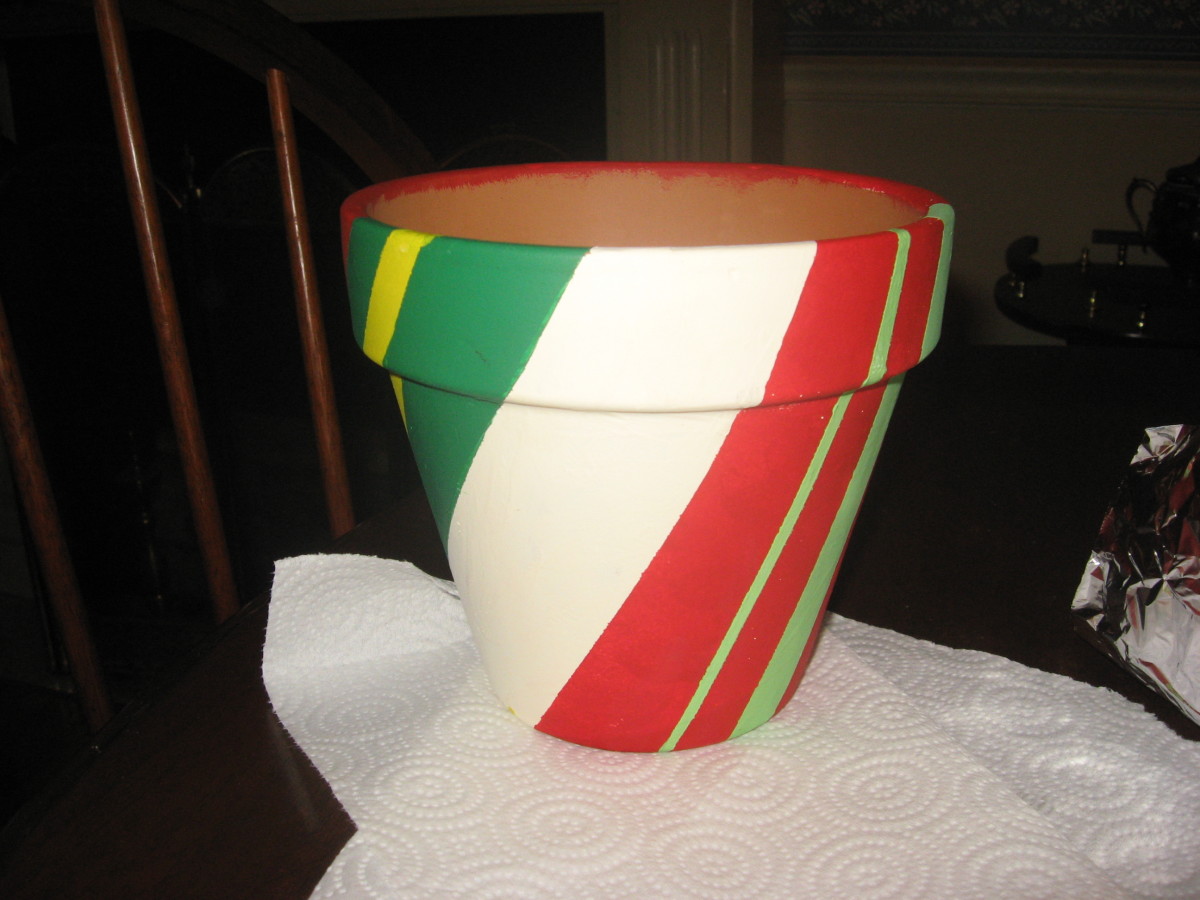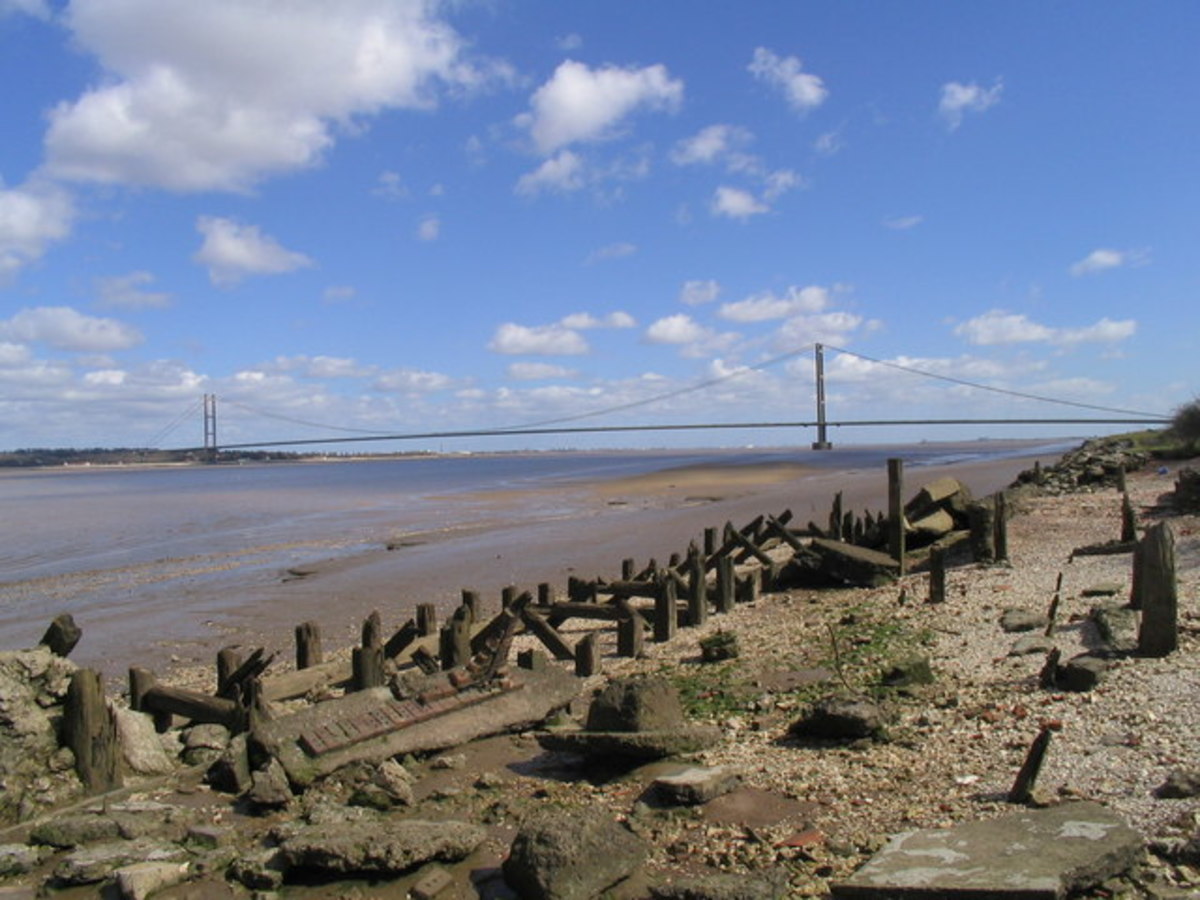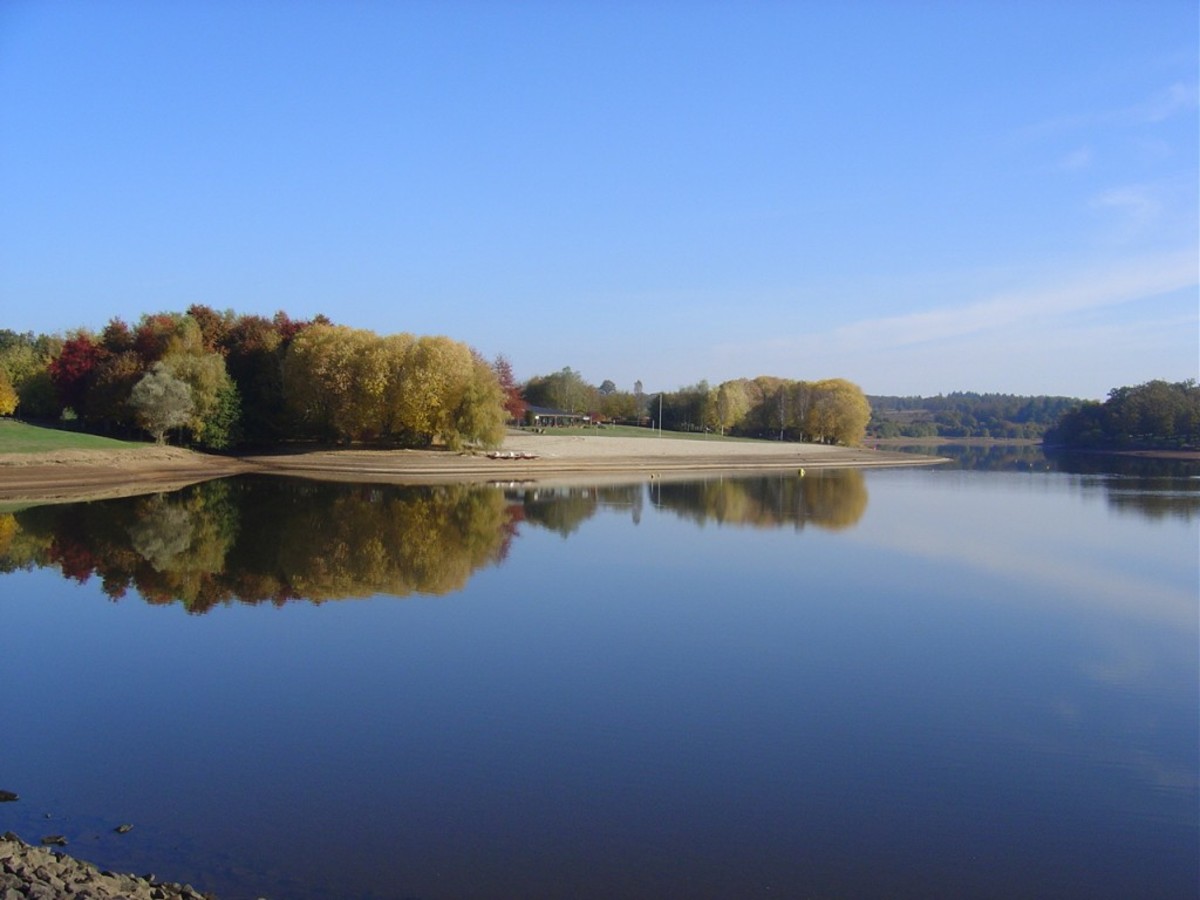Buying Your 1st House: More Red Flags
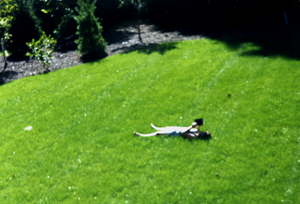
As you look to acquire your first new or previously-owned house, there are many red flags to watch out for. Here are but a few that you might encounter before you even enter the house:
Get the lay of the land; home sites with extreme slopes or contours, or with unusual configurations of tree stands and landscaping can present you with either unique living opportunities or particular homeowner headaches. You can visit my related articles on understanding the land and noting the trees for more in-depth information.
Note your neighbors as well. How close are other nearby houses? Are your neighbors’ prime outdoor entertainment areas adjacent to your bedroom windows? Can their pets easily invade your yard? Will you have sufficiently private outdoor areas for your own entertainment and enjoyment? Are there any troublesome overhanging trees or unsightly fences or unkempt yards about you? Can the property accommodate your desired pool, garden, pet run, play equipment, vehicles, or basketball hoop?
Examine the overall condition of the yard, as well as its trees, shrubs, landscaping, fences and ancillary structures (such as sheds, greenhouses, gazebos, play equipment, etc.). Will they require significant investment or ongoing long-term maintenance you are willing and able to provide? Can you envision your eventual dream yard emerging from the raw material before you? Note especially any sunken areas of yard or lawn, as they may be indication of a water or sewer line or underground drain tile in need of repair or replacement. Find out all you can about any in-ground septic system: year of initial installation, layout, capacity, past maintenance and emptying or cleaning, recommended maintenance or service company, service contracts, etc. Are exterior yard lights in good working order?
Make sure that all gutters and downspouts appear to be in good condition, are working properly, and are draining water away from the house and its basement or foundation walls. Inspect all exterior brickwork for chalky efflorescence, and all siding for damage, deterioration, voids, and insect infestation. Visually scan all roofs for straightness and lack of sag, as well as for any discoloration or ‘splotchiness’ of shingling (which may indicate wear or water penetration). Chimneys should be in good condition, and should have any required spark arrestors.
Scan a keen eye across all walks, drives, aprons, patios, decks and stairs. Look for any dilapidation, deterioration, settling, cracking, spalling, warping, discoloration, mold, moss, peeling paint, etc. The costs of repair, replacement and periodic maintenance of such outdoor features can often escalate very rapidly. Make sure that any walks, ramps, stairs, doors, and handrails used for access to and from the house and any outdoor living areas — especially those that are to be used by any elderly, infirm or disabled persons — are all in full compliance with the local codes and in good condition.
With the right amount of scrutiny and curiosity, you can alert yourself to potential problems before you buy.
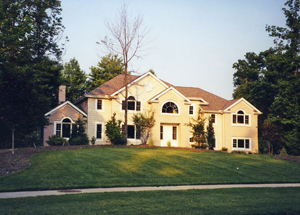
- Buying Your 1st House: Red Flags
Here are some of the warning signs you should be on the alert for as you shop for your first house. - Buying Your 1st House: Start with Community
Buying Your 1st House Many first-time homeowners fall in love with a particular kitchen. Or they feel that a family room they’ve seen will be ideal for entertaining. Or a master suite is simply to die for. But the city, suburb,... - Buying Your 1st House: Notice the Trees
When you are shopping for your first house, it's not all about the house. Take note of the surrounding environs as well. - Buying Your 1st House: Old vs. New
Begin by assessing whether you can obtain better value by building anew or simply improving on an already existing structure. - Buying Your 1st House: Protect Yourself
Protect yourself as you make your home choice Buying your first house can be a complex and daunting process, one laden with inherent financial risk. So how can you best protect yourself as you seek that first home? Here are some ways: As you start... - Buying Your 1st House: Storage
Quaint, but will it hold everything? Most first time homebuyers know to look for good bedroom closets. But whether you are a single or a couple or a growing family, you should also look for a variety of other storage capabilities throughout your... - Buying Your 1st House: Energy Efficiency
Good for the planet; good for your wallet? Some of the significant expenses of your first home will be its annual energy costs. And, for both the planet’s sake and for that of your bank account, you may wish that your first home be as energy... - Buying Your 1st House: Watch Your Step(s)
One of the best ways in which you can protect yourself and your family as you buy your first house is to simply watch your step(s). Steps and stairs can be either one of the greatest assets or one of the most severe detriments of a home. Annually... - Buying Your 1st House: Structural Concerns
Protect yourself as you contemplate one of life's greatest purchase decisions.




